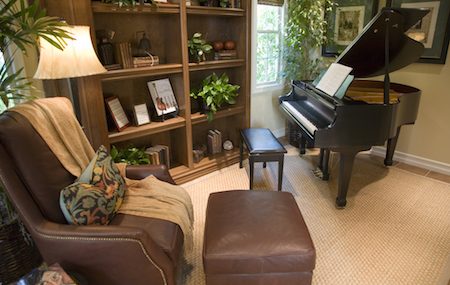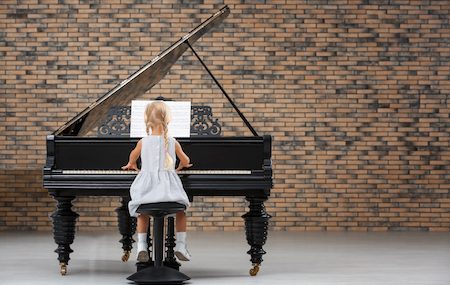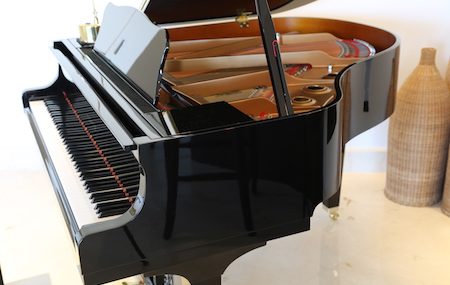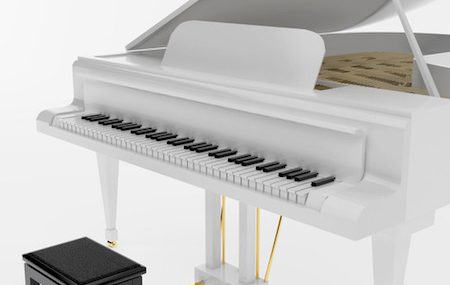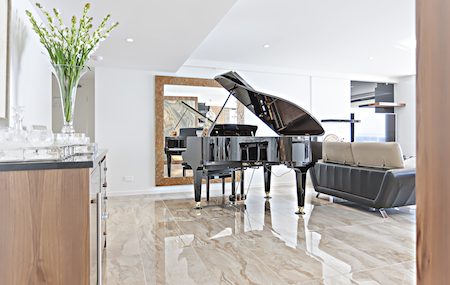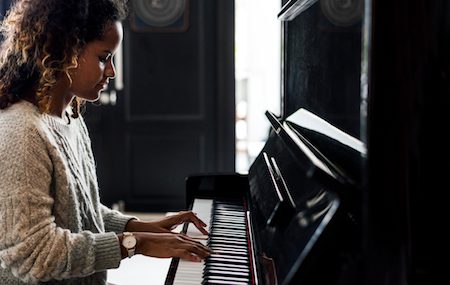If 2020 has done anything for us, it’s taught us all to clean a little harder. Thanks to the coronavirus, we’re scrubbing, sanitizing, and organizing more than ever before. Even things we’ve forgotten in the corner are seeing new life as we move them, clean them, and do it all over again.
But what about that used upright piano you brought into your home? You can’t throw it into the dishwasher. You can’t spray it down with a hose.
Is there a right way to clean a used upright piano?
Dusting – Dusting is the best course of action for your piano. Don’t let the dust settle in, inside or out. Every week, keep the surfaces dust-free to prevent buildup of harmful particles where they shouldn’t be. You can use a dry cloth or a duster to gently cover the surface.
Deeper cleaning – Pianos and water don’t mix. Because a piano is a delicate instrument, never place anything around or on it that can damage the surface. A glass of water, a bottle of juice, a can of soda, a potted plant – keep everything that could potentially damage the surface of your piano away. If you want to remove smudges or spots, use a well-ringed out damp cloth, ensuring it dries quickly to avoid damaging your piano.
Polishing – It’s recommended that you don’t use polish on your piano. They are bad for the piano finish and can do more harm than good. For complete guidelines, always check with your piano’s manufacturer before applying any product.
Now let’s talk about the keys. This is the one part of your piano that will need more than a simple swipe of a duster. Touching them every day can release oils and grime to the keys. Clean them with a damp cloth. Be sure to ring all the water out, leaving it barely damp to the touch. You don’t want water seeping between the keys, damaging the internal workings of the keyboard. Use a separate cloth for the white and black keys, to keep the colors true to the keys.
When you open up the top of either your upright or grand piano, you might find a dusty mess waiting for you. A vacuum with a hose attachment will be your friend as you keep it clean. Be careful as you move throughout the piano, being careful not to knock any pieces loose. You can invest in a can of compressed air to reach into tiny places. Pay attention to any damage you may find. If you haven’t paid attention to the piano in years, or have recently purchased it from someone else, you might find a variety of things inside that shouldn’t be there. Any of these things can cause extensive damage, and may require repair or even refurbing your piano.
Not sure if you want to do it yourself? Have questions about the extent of damage you find on the inside of your piano? We can help. Give us a call today.

